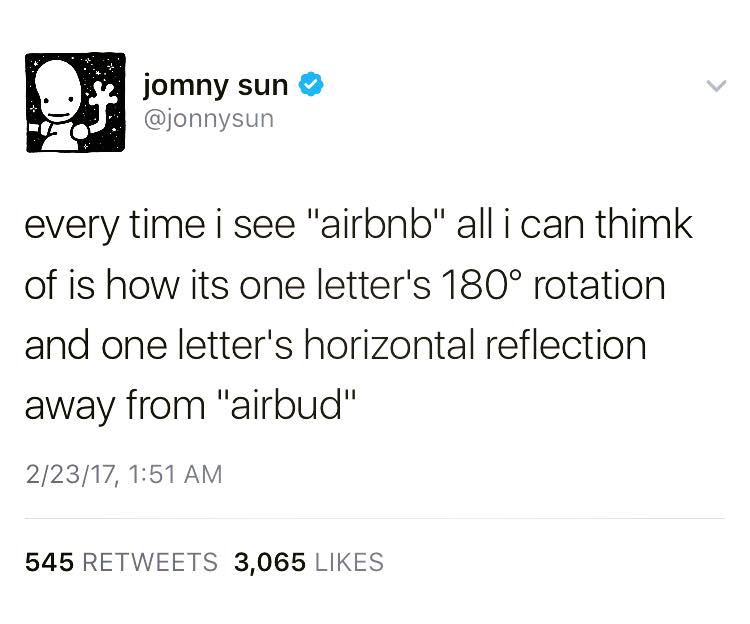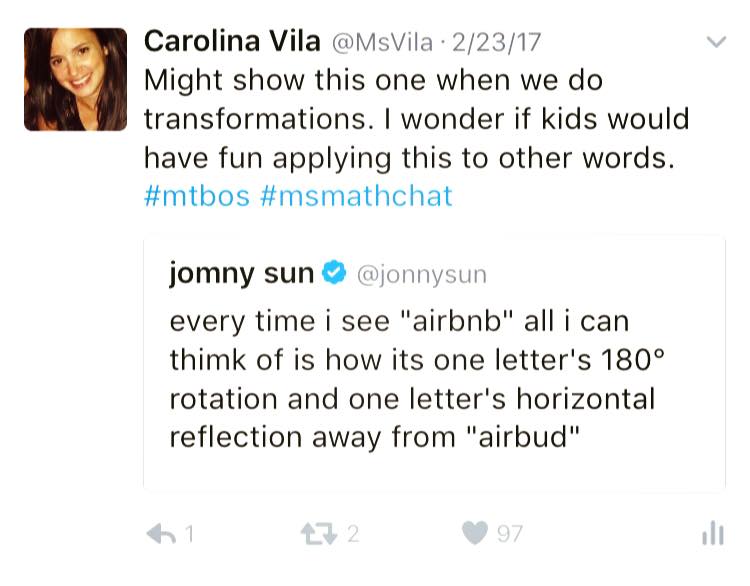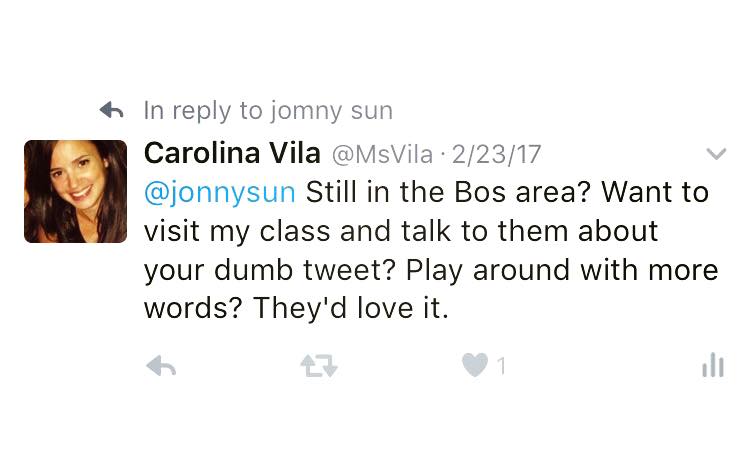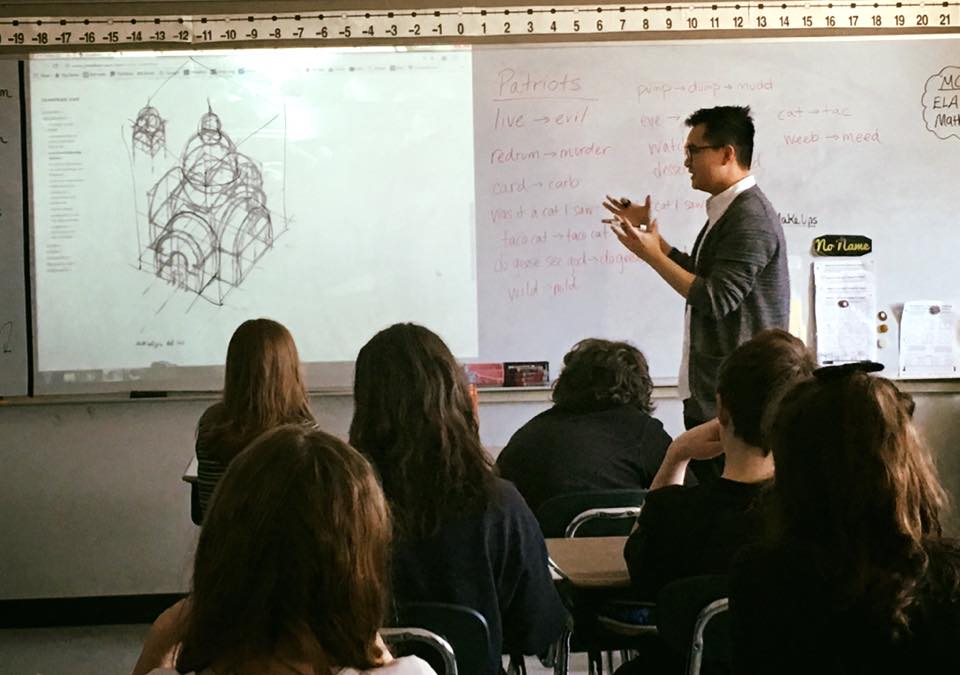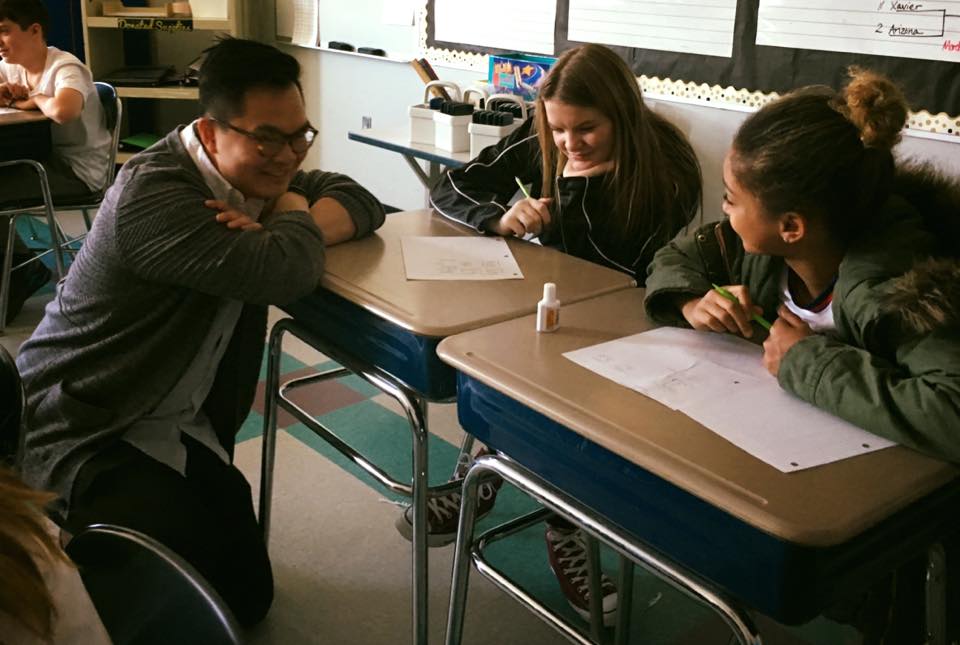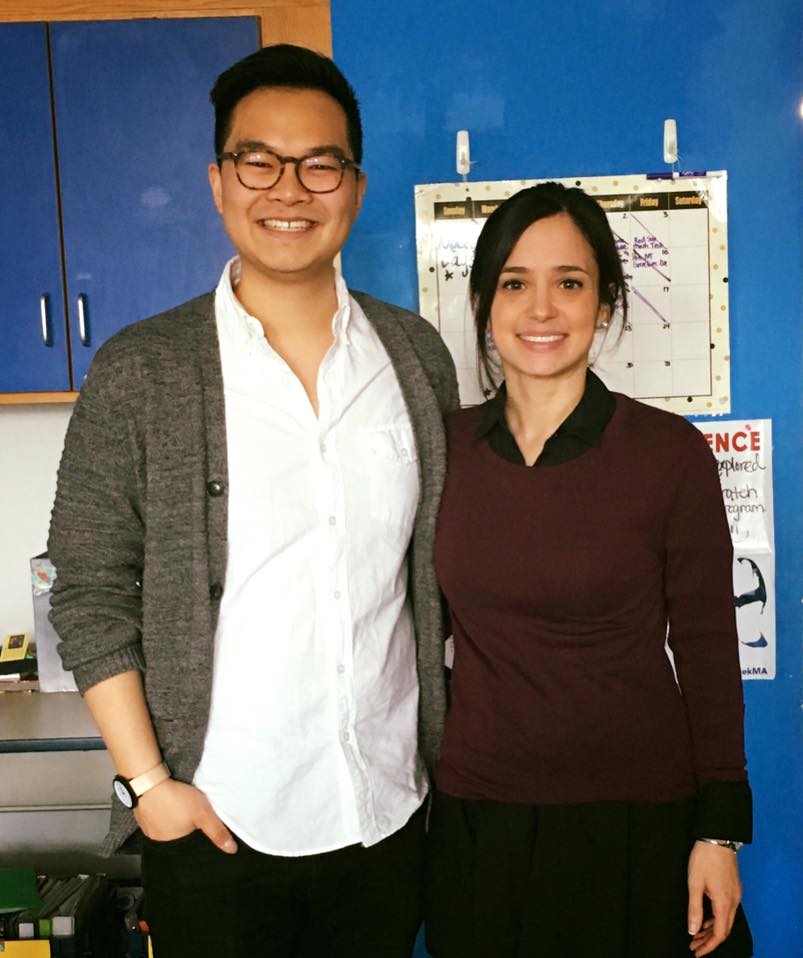Lawmakers in Massachusetts, where I live and work as a middle school teacher, recently voted to bring back bilingual education. This post is not about the pros and cons of bilingual education. Instead, this post is about my personal experience with bilingual education when I was in first and second grade during the early 1990s.
Before I go on, I should say that I do not remember many specific details since I was only about six or seven years old during my time in a bilingual classroom. Rather, I remember feeling certain emotions and receiving certain impressions. For instance, I remember knowing - don't remember how I knew, but I knew - that my mother was in constant communication with my teacher. This immediately dropped off once I was placed in an English-only classroom and my Spanish-speaking mother could not easily communicate with my teacher. I believe the connection between home and school in those critical years was part of why I succeeded.
Perhaps more importantly, however, is the overall impression I received that my home language mattered. I learned through bilingual education that my Spanish culture was something worthy of study. It was a confirmation of a major part of who I was, and who I still am. I believe this has incalculable value as educators strive to help raise children who understand their personal histories and feel whole. Humans who feel whole learn better and treat others better.
Both my first and second grade bilingual teachers were also such positive role models with whom I connected closely because they each could have been an aunt or family friend. This speaks to the benefits of hiring more minority teachers as well.
When I think about first and second grade in a bilingual classroom, I feel warm and lucky to have experienced the high-quality bilingual education I received. I'm thrilled Massachusetts is one step closer to bringing it back.
Carolina Vila


